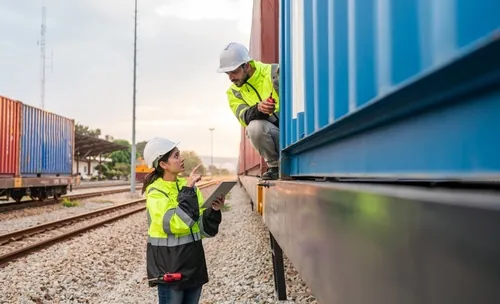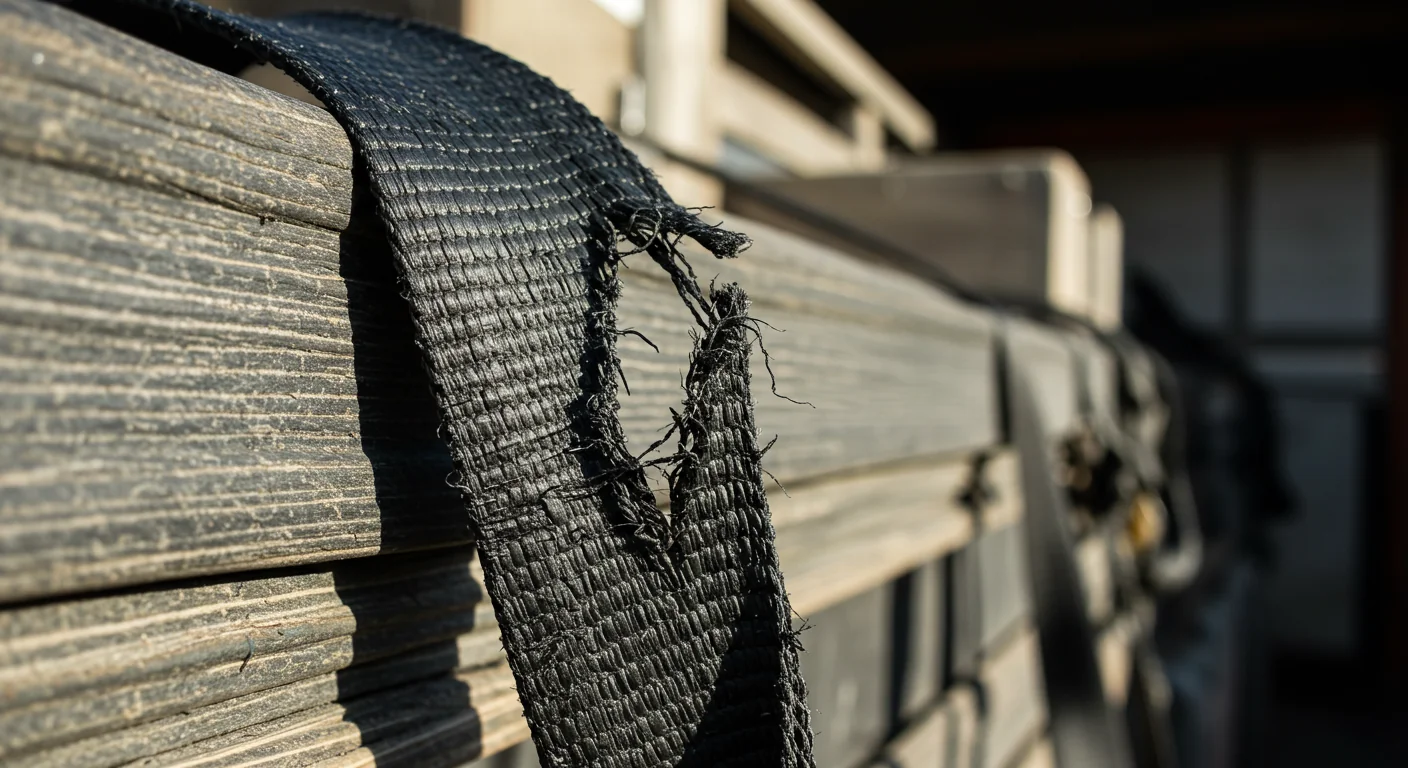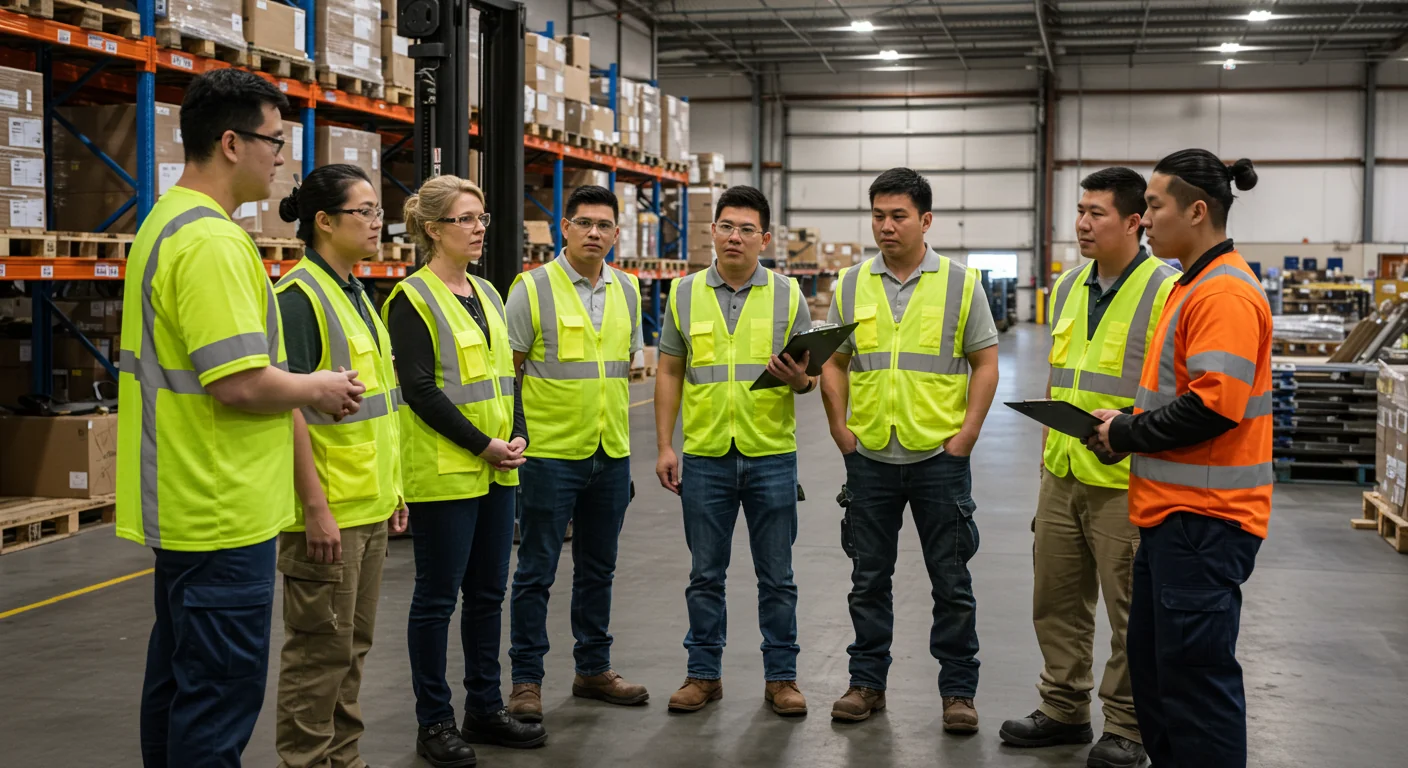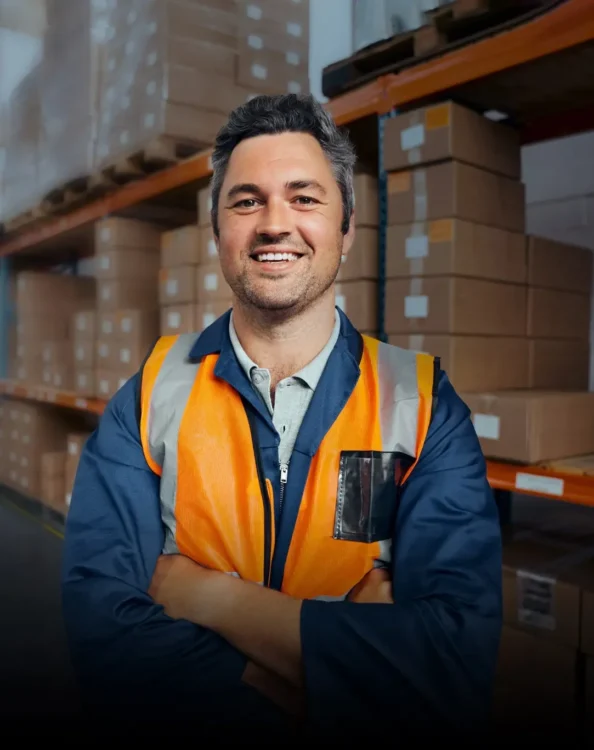Why Safety Measures in Freight Matter: Lessons from a Ship Rescue
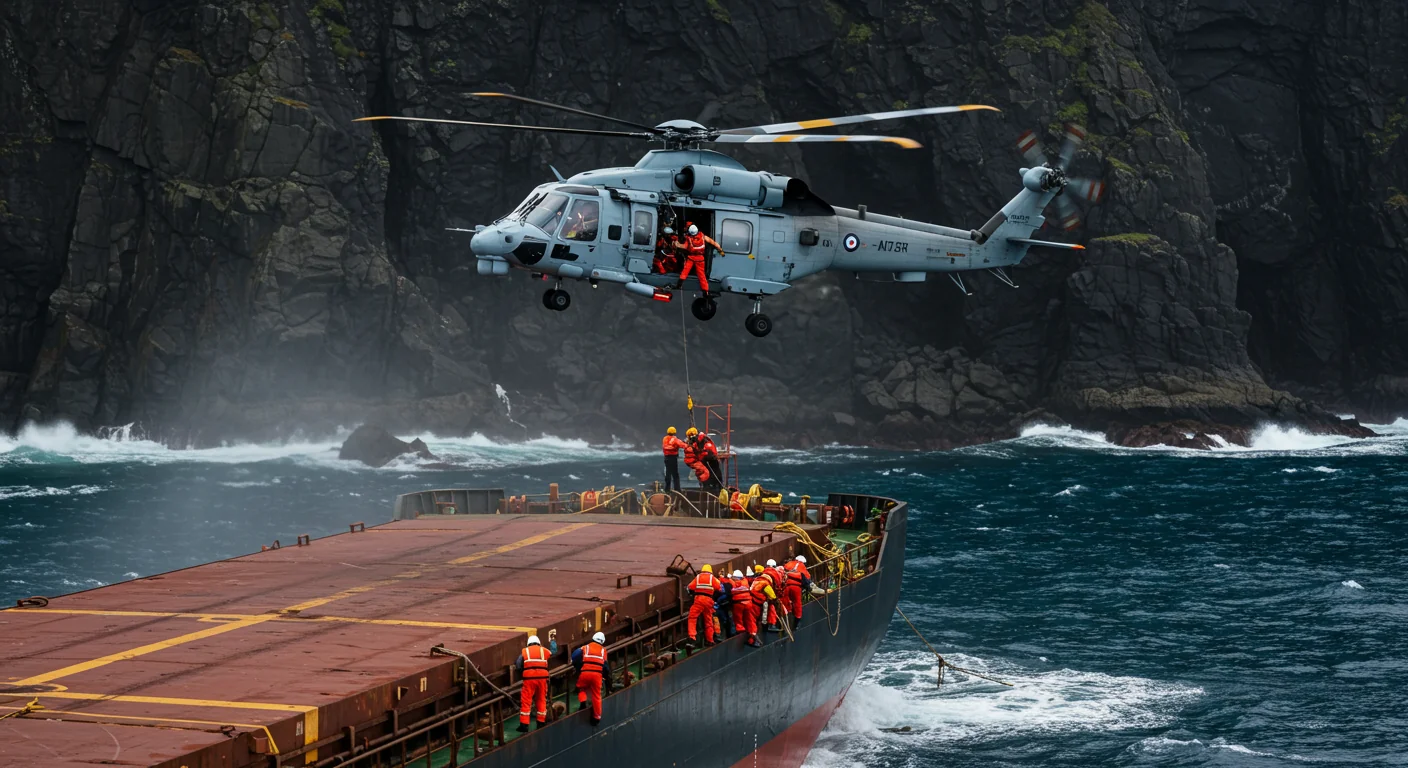
The above image is an AI rendering of the events in Newfoundland, and not an actual photograph.
Recently, a container ship ran into big trouble off the coast of Newfoundland, Canada. During a terrible storm, the ship lost power and got stuck. The 20 crew members on board were in danger, but a rescue team arrived by helicopter and safely lifted them off the ship. Everyone got out okay, but it could have been a lot worse. (For video footage of the incident, click here.) This incident shows just how important safety measures are, especially in the freight industry. Whether on land or at sea, moving cargo always holds risks. That’s why having strong safety procedures and well-trained workers is essential for preventing accidents.
Training Saves Lives
Before anyone drives a truck, works in a warehouse, or steps onto a cargo ship, they need proper training. Training helps workers learn how to use safety equipment, handle dangerous materials, and follow rules that keep everyone safe. It also includes practicing emergency plans, like what to do in a fire or how to leave a ship quickly during a storm. Even workers who have experience need to go through regular safety training to keep their skills sharp. Just like sports teams practice before every game, freight crews must keep their safety skills fresh.
Safety Checks Stop Problems Before They Start
In the freight industry, small problems can easily become big emergencies. That’s why regular safety checks—also known as audits—are essential. These checks look for things like broken parts, worn-out safety gear, or rules not being followed. If a problem is found during an audit, it needs to be fixed right away. For instance, a weak spot in a ship’s engine or loose straps in a truck could lead to serious accidents if not addressed. Regular checks on your safety measures help catch those issues early to keep both workers and cargo safe.
Technology Can Spot Trouble Early
Technology plays a significant role in keeping the freight industry safe. Special sensors and computer systems can track equipment, detect changes in heat or pressure, and send alerts if something goes wrong. Some companies even use drones to check for damage over trucks, ships, or warehouses. These tools can find problems that a human might overlook, and they help teams solve issues more quickly. When combined with smart safety plans, technology helps workers respond to dangers better and faster.
Teamwork Makes Safety Stronger
Safety isn’t just the responsibility of managers; it’s everyone’s job. Workers should feel encouraged to speak up if they notice something dangerous, no matter how small. Many companies have programs that allow workers to report issues anonymously, so they don’t feel pressured to stay quiet. When everyone on the team pays attention to safety, the chances of accidents go way down. Trust and teamwork are just as important as any tools or machines.
Following the Rules Matters
In the United States, agencies like OSHA (Occupational Safety and Health Administration) and FMCSA (Federal Motor Carrier Safety Administration) create national safety rules. These rules protect workers and the public. For example, there are limits on how long truck drivers can be on the road without taking a break. There are also rules about how dangerous materials are packed and stored. These rules are based on years of experience and are designed to prevent injuries and disasters.
The Big Picture: Safety Is a Daily Priority
The helicopter rescue off Newfoundland could have turned into a tragedy, but because the crew had emergency procedures and a rescue plan in place, everyone made it out safely. Their experience shows how risky freight work can be—and how vital safety procedures are. Whether it’s loading a truck, operating a crane, or sailing a container ship, safety must always come first. With proper training, regular safety checks, the right tools, and strong teamwork, freight workers can face challenges with confidence.
While your safety takes first priority, our cargo should also be protected if possible. For more information on protecting your freight, you can read more here.

